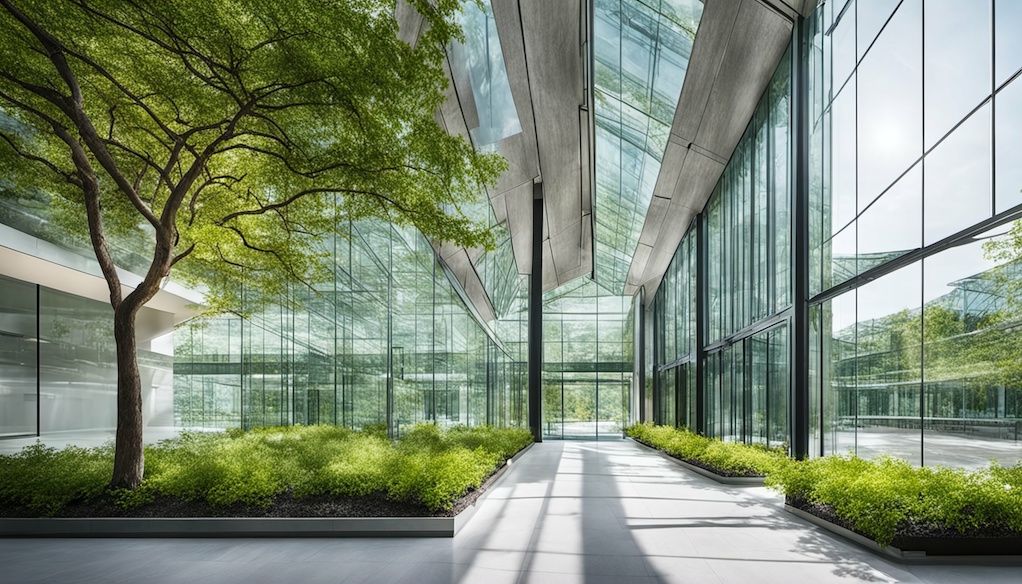The call for environmental responsibility in large-scale buildings is growing louder by the day. With the Securities and Exchange Commission (SEC) and the U.S. Treasury Department unveiling proposals that require public companies to disclose their greenhouse gas emissions and climate risk data, the corporate world is under heightened scrutiny.
Simultaneously, initiatives like Commercial Property-Assessed Clean Energy (C-PACE) Financing and the emergence of "Green Banks" are providing the much-needed financial boost for environmental retrofits. Moreover, the Inflation Reduction Act has committed over $50 billion to support green technologies that can reduce energy costs, promote renewable energy sources, and offer tax incentives for groundbreaking technologies.
Now, the pressure to adapt and the pursuit of high-quality, sustainable spaces are driving tenants toward buildings designed for the future, ensuring that their investments won't be outdated halfway through their leases. So let’s discuss the cities that have imposed the strictest green building regulations, and how this may influence how you occupy commercial space in these regions.
1. New York City
New York passed the Climate Mobilization Act in April of 2019, which placed greenhouse gas emission limits on commercial buildings larger than 25,000 square feet. For properties that exceed carbon-neutral limits, the impending consequences are rather weighty, with fines of $268 per metric ton scheduled to be enforced as early as next year (2024), and even more stringent standards looming on the horizon in 2030.
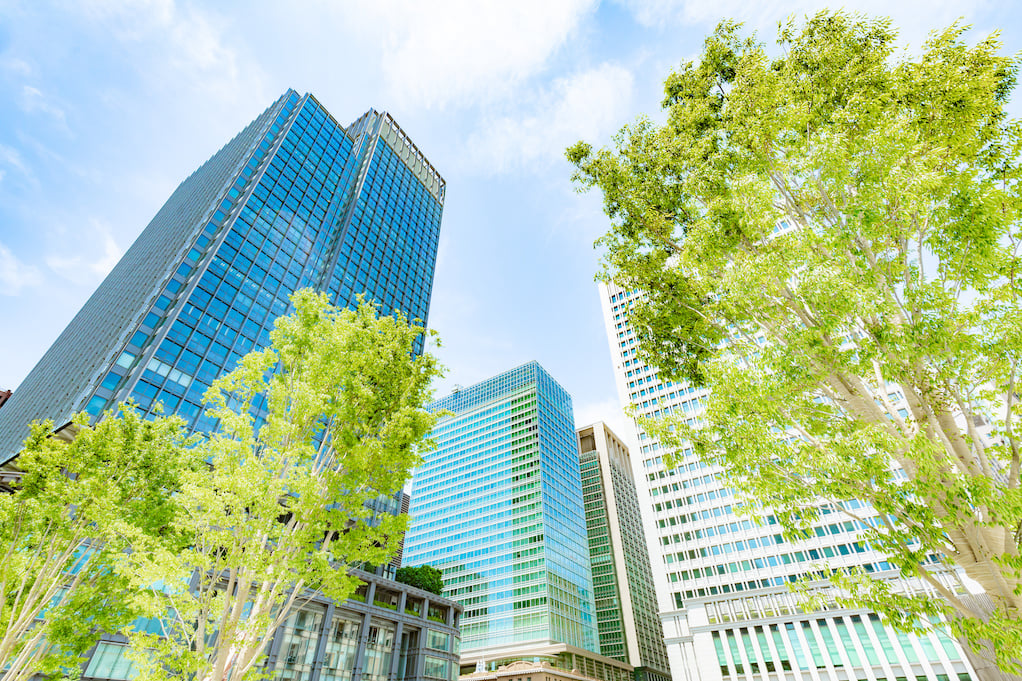
To meet the requirements of Local Law 97, large-scale building owners must implement green retrofitting measures. And this is a big job, especially for older buildings. Construction is set to be a lengthy and extremely expensive feat. In some cases, construction costs will far outweigh the costs of fines. But, New York City is committed to ensuring that it reaches its goal of carbon neutrality under its Local 97 Law. And in order to make it work, the government is promising commercial landlords a little bit of leeway to phase in green technology at a more realistic pace.
|
“If you carefully read that law, it says a penalty of up to $260 per ton, and it also has a very interesting section about how an owner can work with departments to mitigate penalties; meaning you come to the department and you show us you've made a good faith effort to comply with the law." -New York Department of Buildings' Gina Bocra |
So, how much is this going to cost everyone? Well according to the study conducted by Level Infrastructure and commissioned by the Real Estate Board of New York, $200 million in fees may begin in New York next year on the projected 3,700 properties that do not make code. Read more about how realistic New York’s City Local 97 law is.
2. Denver
Denver, often referred to as the Mile-High City, is certainly living up to its reputation with ambitious sustainability targets. The city has set its sights on a 90% reduction in greenhouse gas emissions by the year 2050.
To achieve this audacious goal, Denver must discover strategies to eliminate a staggering 100 million tons of carbon emissions annually. One of the key directives within the building codes is to encourage facility owners to cover 70% of their rooftops with solar panels, or alternatively, to procure renewable electricity from offsite sources when the building's location presents limitations for solar panel energy generation.
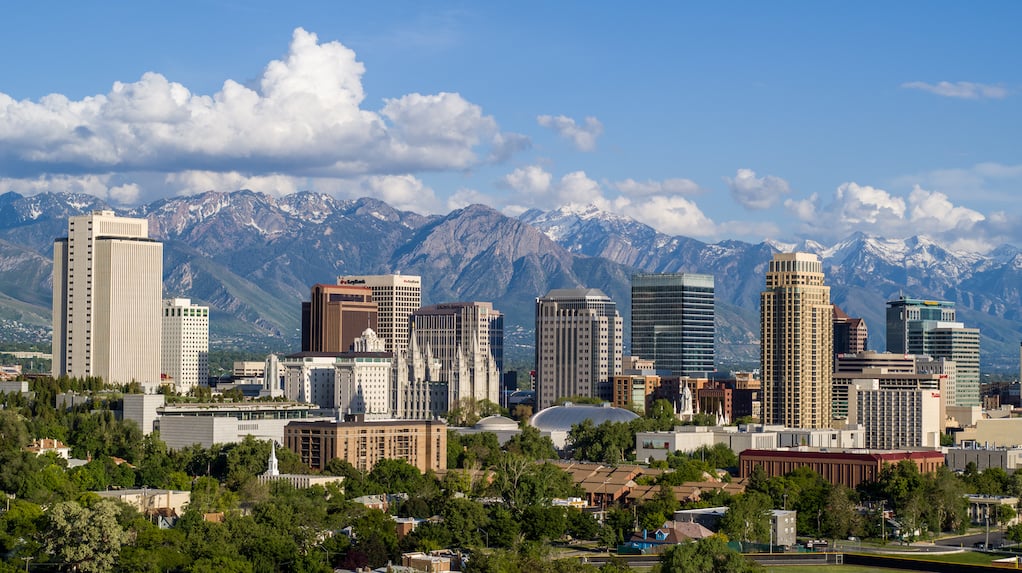
Going beyond mere compliance, Denver has taken further steps to incentivize building owners to surpass the minimum requirements. In November 2019, the city introduced the Denver Green Code, a voluntary framework based on the International Green Construction Code, boasting standards that are 10% more stringent than the existing city codes. Those who opt for this initiative stand to gain benefits like accelerated permitting for their projects.
Notably, the Denver Green Code provides compliance options for achieving LEED Platinum status or creating net zero energy buildings, underscoring the city's commitment to sustainable construction practices.
3. San Francisco
San Francisco is at the forefront of strict green building regulations. To combat global warming and achieve carbon neutrality, the city aims to have large buildings produce zero greenhouse gas emissions by 2035. Non-compliant buildings face stiff daily penalties. San Francisco's green building standards combine state rules from the California Green Building Code (CALGreen) with local requirements, collectively referred to as the San Francisco Green Building Code (SFGBC).
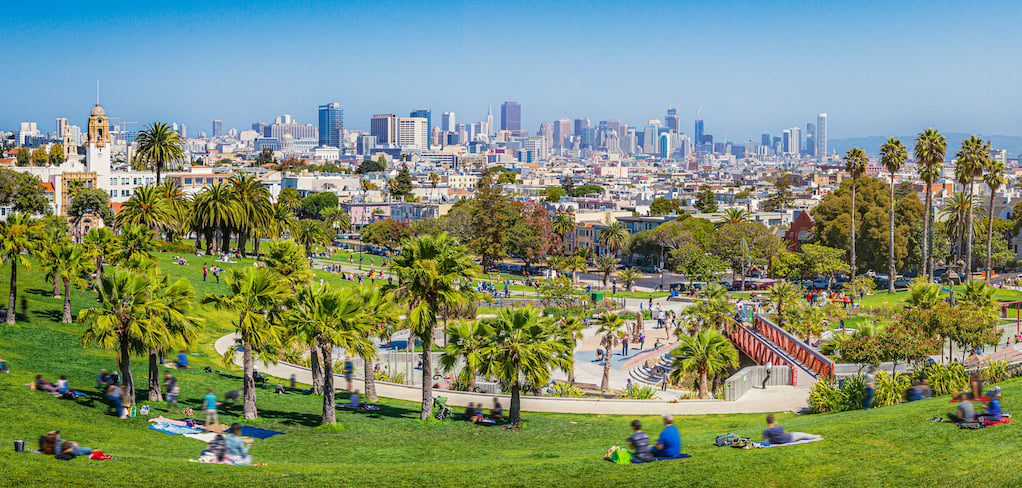
These measures encompass all-electric new construction, mandatory installation of solar systems or green roofs for buildings up to 10 stories high, provision of on-site compost collection, wiring for electric vehicle charging, and adherence to green building requirements associated with LEED and GreenPoint Rated systems.
4. Boston
Boston was the first US city to require a green building standard for large-scale municipal projects. With its passing of Article 37, buildings must be planned, constructed, designed, and managed in adherence to the city’s standards to reduce greenhouse gases.
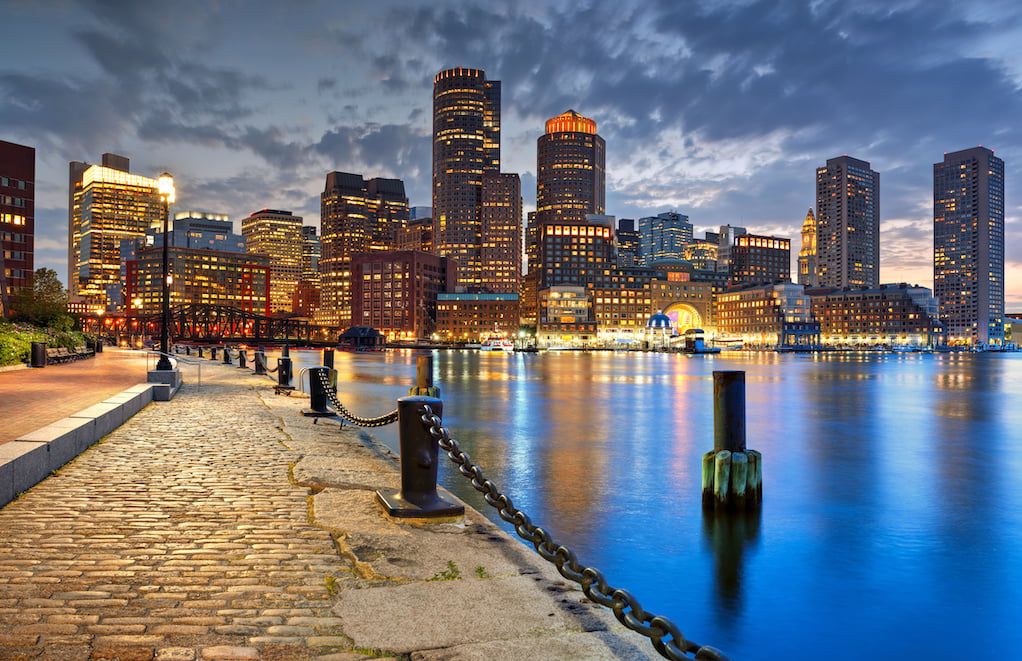
What does this mean for office or retail projects? There are specific requirements that must be met for the city to sanction approval. They must meet at least one “high-value” requirement out of the following
- Provide shuttle service to public transport
- Implement a parking cash-out program for employees utilizing public transport
- Fifty percent transit pass subsidy for all on-site employees
In addition, four “basic” requirements must be met from the following list:
- Provide garage occupancy information by installing electric monitors
- Pre-tax payroll deduction and distribution for T passes for on-site employees
- Provide covered secured bicycle storage with changing/ showering facilities for at least 5% of occupants
- Provide on-site ATM and direct deposit of paychecks
- Provide preferential parking spaces for carpools
- Provide preferential parking for alternative fuel or high-efficiency vehicles
- Provide on-site electric charging plug-in stations
And though it shouldn’t necessarily come as a surprise, The Northeast is the region leading LEED certification numbers. And the state with the most LEED certified buildings was Boston’s home, Massachusetts. Maybe not so coincidentally: Out of the 50 states, Massachusetts was recently ranked among the worst for business by our country’s top CEOs. High taxes, more substantial regulatory burdens, and excessive living costs were the reasoning.
|
“Massachusetts tops the council’s list of top states for LEED buildings measured in gross square footage per capita over the past year at 3.76, followed by New York (3.17).” -GlobeST |
How Office Tenants Can Navigate Strict Green Restrictions
As a commercial tenant, you should be keenly aware of your role in how and which cities are phasing in stricter green codes.
Because in the midst of a time here landlords are already suffering, they are now faced with multi-million-dollar upgrades and fines. As a result, they will undoubtedly be looking to offset their cost of green retrofits. If you are not protected in your lease, they may attempt to pass-through some of these costs to you if you are occupying a building that doesn’t meet code. As many of these regulations are relatively new. The responsibility for paying for environmental upgrades and associated costs is still largely unexplored terrain.
So, when you’re drafting a new lease, you have to think about how to protect yourself. But, with an almost innumerable number of factors to consider, it can feel like an impossible feat. Especially since a lot of these regulations feel so new. There’s a lot of uncharted territory here for who is footing the bill for environmental upgrades. With no fixed set of expectations, a good True Tenant Representative™ is all the more important. They can take a hard look at your existing or new lease to identify the areas where you are vulnerable to cost hikes.
They can also work with your landlord to determine If total building operating expenses and use may change with upgrades according to:
- Temperature ranges and controls
- Climate controls
- Ventilation
- Water usage
So, if you’re not already aware of your building’s emission data, it is time to become aware. If you are located in one of the cities, this is particularly important. Because in the case that you are in a massive metropolitan office building and it hasn’t already converted, you’re looking at possible fees starting next year. Get familiar with local edicts, where your building falls short, and the cost of any potential upgrades.
To stay on top of the latest trends, subscribe to our blog and keep track of the newest development with green restrictions and everything else that affects commercial tenants.
